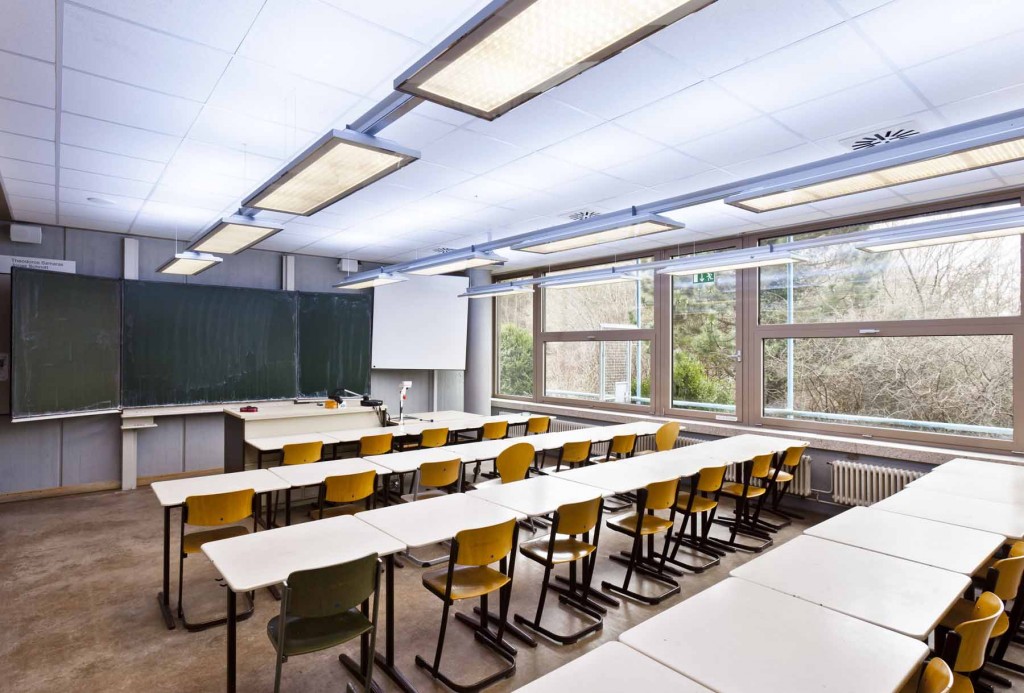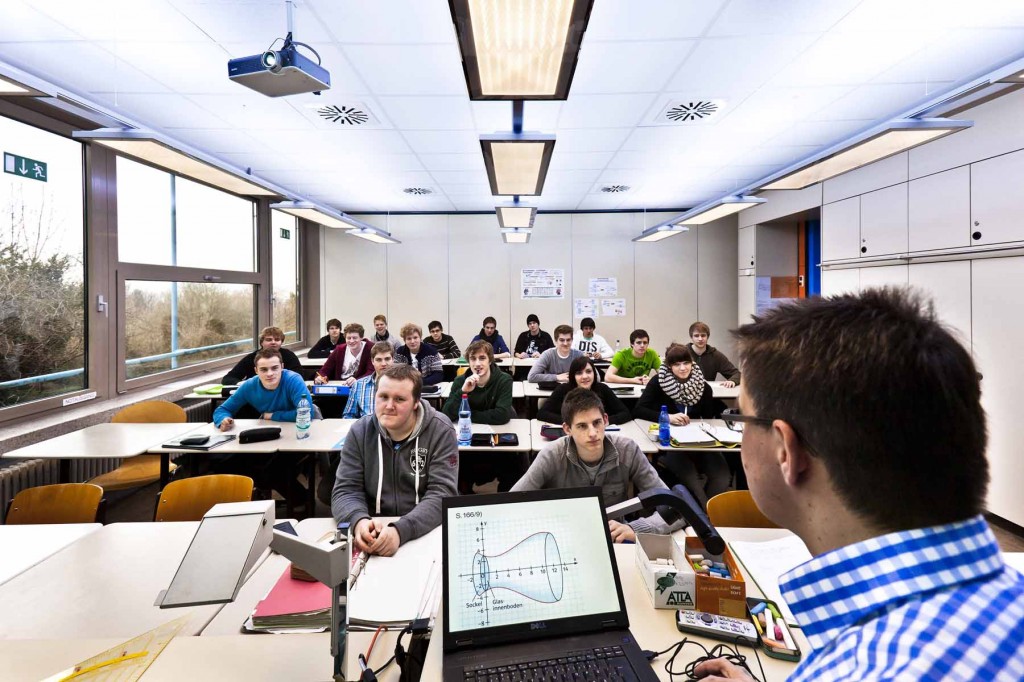Osram’s study proves positive effects of lighting on cognitive performance of students
ZNL TransferZentrum für Neurowissenschaften und Lernen (Transfer Centre for Neuroscience and Learning) have conducted an investigation with lighting manufacturer Osram on students’ performances under different lighting conditions at two schools in Ulm, Germany between November 2011 and Feburary 2012. The aim of this investigation was to figure out whether lighting that simulates daylight could increase students’ concentration and cognitive performances. This anticipation has been positively proven. Students who had taken courses and tests in biologically optimised lighting classrooms performed better than students who were in ordinary lighting classrooms.
ZNL and Osram had started investigating effects on students’ cognitive performance at Ferdinand von Steinbeiss School and Robert Bosch School in Ulm, Germany since November 2011. In both schools, there was one classroom fitted with the biologically optimised lighting and one was not. Students ranging from 17 to 20 years old were divided into two groups and only one used the classroom with special lighting design. For the duration of the whole study, these students had to repeatedly take various standardised performance and concentration tests such as Brickenkamp's d2 test of attention. Afterwords, all the test results would be compared between students under both lighting conditions. The conclusion was that it is truly helpful for students to exposure to artificial daylight.
Artificial daylight by means of different-coloured LEDs
The biologically optimised lighting can be produced by combining blue and white LEDs. Osram enhanced an LED light developed by their subsidiary company Siteco so that they could bring artificial daylight into the classroom specifically for the investigation. "In order to create an artificial daylight in the classroom, we used strips with blue and white LEDs that every fixture can be controlled independently. Therefore, the light colors can be mixed dynamically and reproduce the color temperature of the sky inside a building", explained Dr. Hannah Helbig, Innovation Manager at Osram.
- An investigation conducted by ZNL and Osram proved that lighting does positively effects on people's cognitive performances.
Reducing social jetlag
"Althought is has been recognized for a long time that light with a specific color temperature and illumination intensity can lead to positive effects on people's performance, it is still impressive to learn through an experiment about how the biologically optimised lighting can help. Students took concentration test under such lighting can reduce up to a third fewer mistakes,” said Dr. Katrin Hille (head of research at ZNL), who was in charge of this lighting investigation. Contributing to the positive results also was the fact that biologically optimised lighting provides positive effecs on people as if they were outdoors. This indicates that it is possible to shift people’s circadian rhythms. Therefore, this king of lighting can be used to tackle social jetlag -- tiredness in the morning which is frequently seen only on young people. A student descirbed this experience: "My concentration is actually better. In normal light, however, I sometimes have to keep myself awake in the classroom," it is believed that many participants are enthusiastic about the new lighting.
Teachers also being benefited
It is not only the students who appreciate the new light -- so do the teachers. "Many teachers, even those who were sceptical about the new lighting at the beginning, told me at the end of the investigation that they also felt better", said ZNL researcher Oliver Keis who also worked on the study.


No comments:
Post a Comment